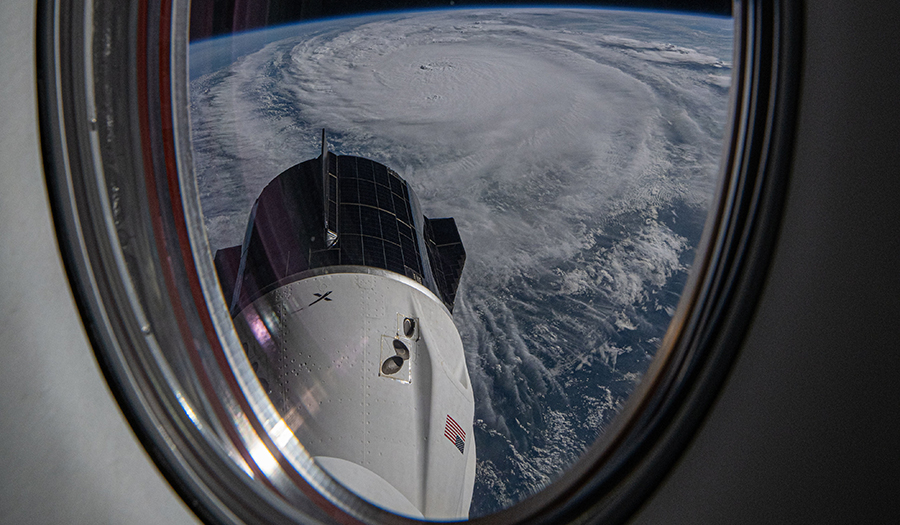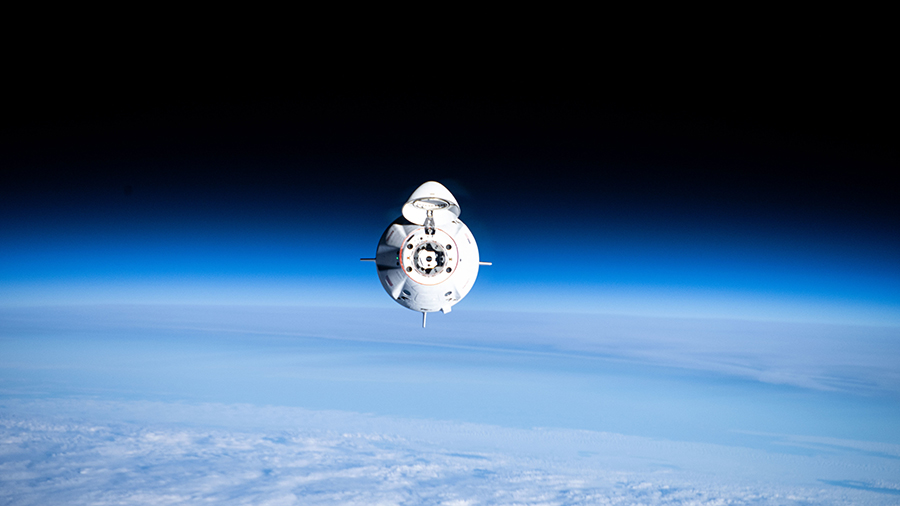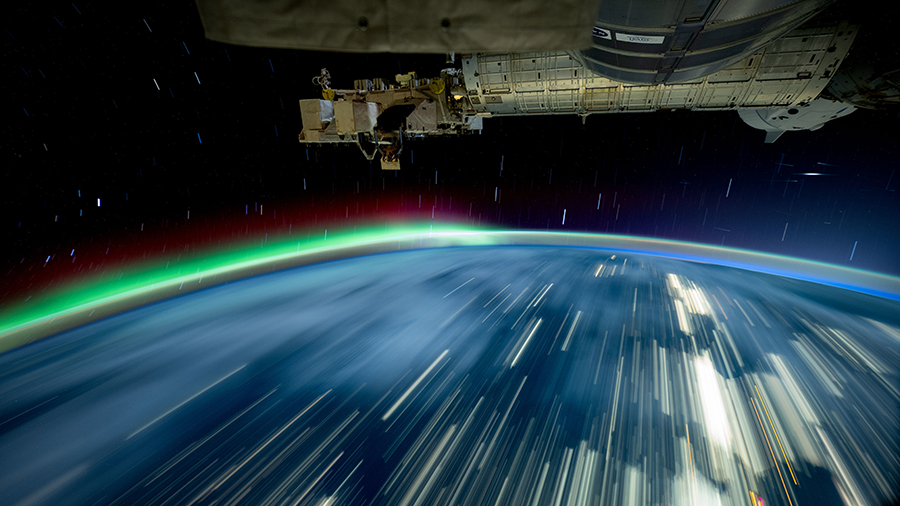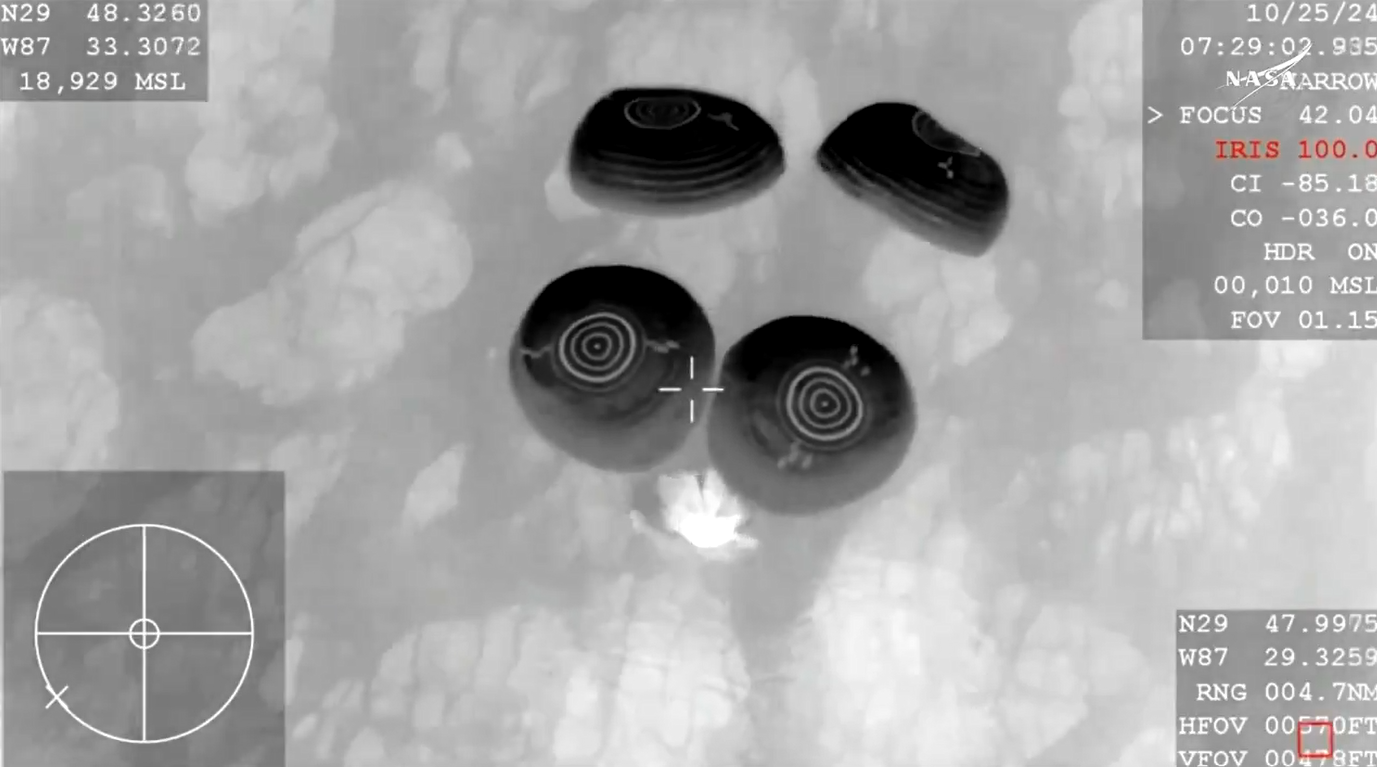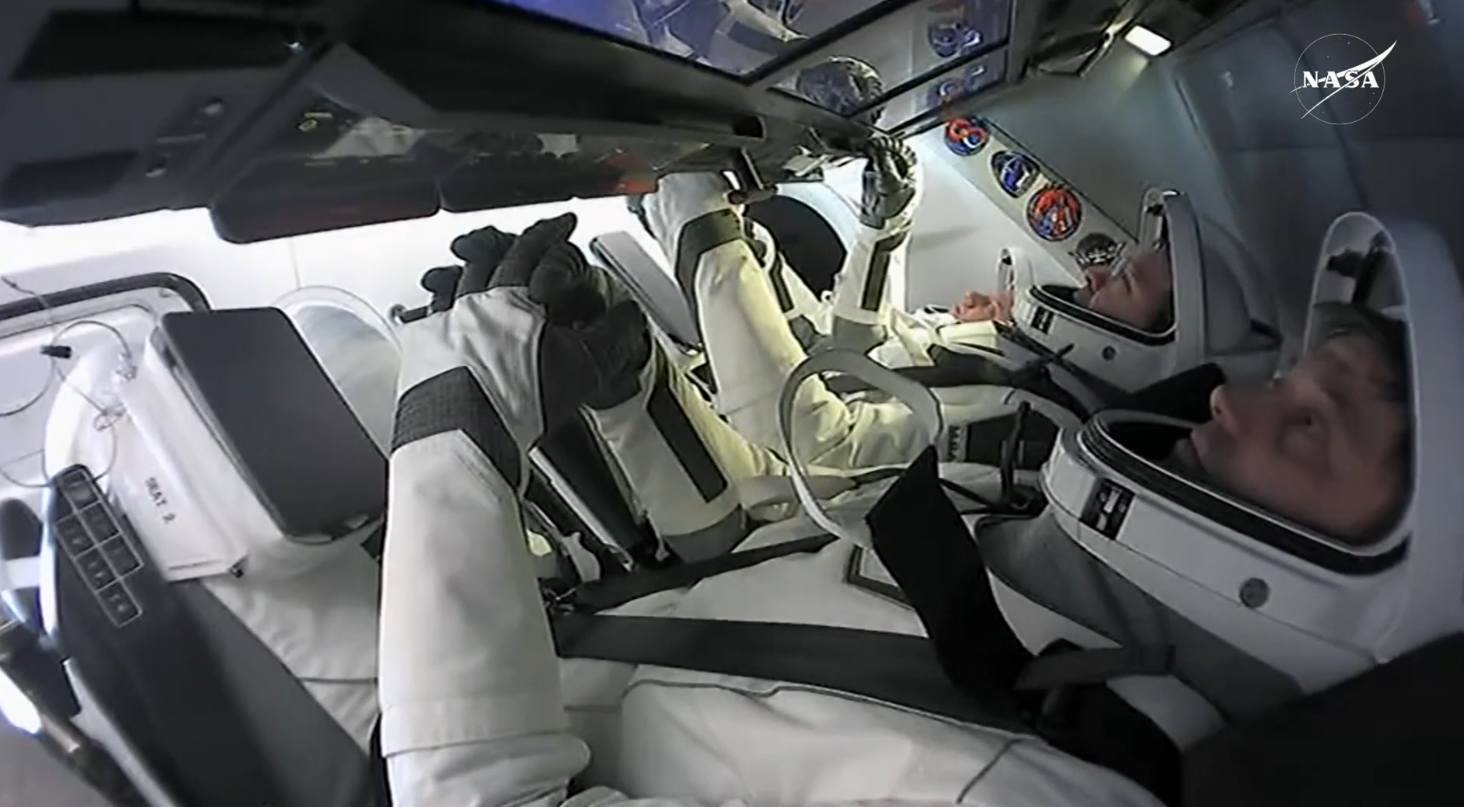
Four Expedition 72 crew members are preparing take a short ride to a different International Space Station port this weekend to make way for an upcoming cargo mission. In the meantime, the orbital residents wrapped up the workweek with life science experiments and lab maintenance.
NASA astronaut Nick Hague and Roscosmos cosmonaut Aleksandr Gorbunov reviewed procedures on Friday for the SpaceX Dragon Freedom spacecraft’s relocation maneuver scheduled to begin at 6:35 a.m. EST on Sunday when they undock from the Harmony module’s forward port. They will be joined inside Freedom by station Commander Suni Williams and Flight Engineer Butch Wilmore, both NASA astronauts, as they redock to Harmony’s space-facing port at 7:18 a.m. Hague and Gorbunov launched as SpaceX Crew-9 members to the orbital outpost on Sept. 28 aboard Dragon Freedom. However, they will return to Earth in February next year bringing home Williams and Wilmore.
Harmony’s vacated forward port will await the arrival of the next Dragon cargo mission set to launch at 9:29 p.m. on Monday from Kennedy Space Center in Florida. Dragon will dock to Harmony at 10:15 a.m. on Tuesday delivering nearly 6,000 pounds of new science experiments and station supplies. Hague and Wilmore will be on duty monitoring Dragon’s arrival
NASA Flight Engineer Don Pettit joined the four Dragon crewmates at the end of Friday’s shift and called down to mission controllers to discuss Sunday’s Dragon relocation. Pettit will be on duty Sunday inside the space station monitoring Dragon as it completes its automated relocation maneuver.
Pettit earlier joined Hague drawing their blood samples, spinning them in a centrifuge, then stowing the specimens in a science freezer for preservation and later analysis. Pettit later removed components from the Cell Biology Experiment Facility preparing the research device for new experiments being delivered aboard the next Dragon cargo mission. Hague spent the rest of Friday reviewing procedures to command Dragon during Sunday’s relocation maneuver.
Williams and Wilmore started their Friday shift on orbital maintenance. Williams replaced filters on the Tranquility module’s water recycling system as Wilmore installed an instrumentation box on the advanced resistive exercise device. The duo later trained for the two upcoming Dragon missions rounding out the day.
In the Roscosmos segment of the orbiting lab, Flight Engineer Ivan Vagner assisted Flight Engineer Alexey Ovchinin with maintenance activities in the aft end of the Zvezda service module. Earlier, Ovchinin explored spacecraft and robotic piloting techniques future crew members might use on planetary missions. Gorbunov started his day closing operations for an experiment that images Earth’s nighttime atmosphere in near-ultraviolet wavelengths before joining Hague for Dragon relocation procedure reviews.
Learn more about station activities by following the space station blog, @space_station and @ISS_Research on X, as well as the ISS Facebook and ISS Instagram accounts.
Get the latest from NASA delivered every week. Subscribe here: www.nasa.gov/subscribe


